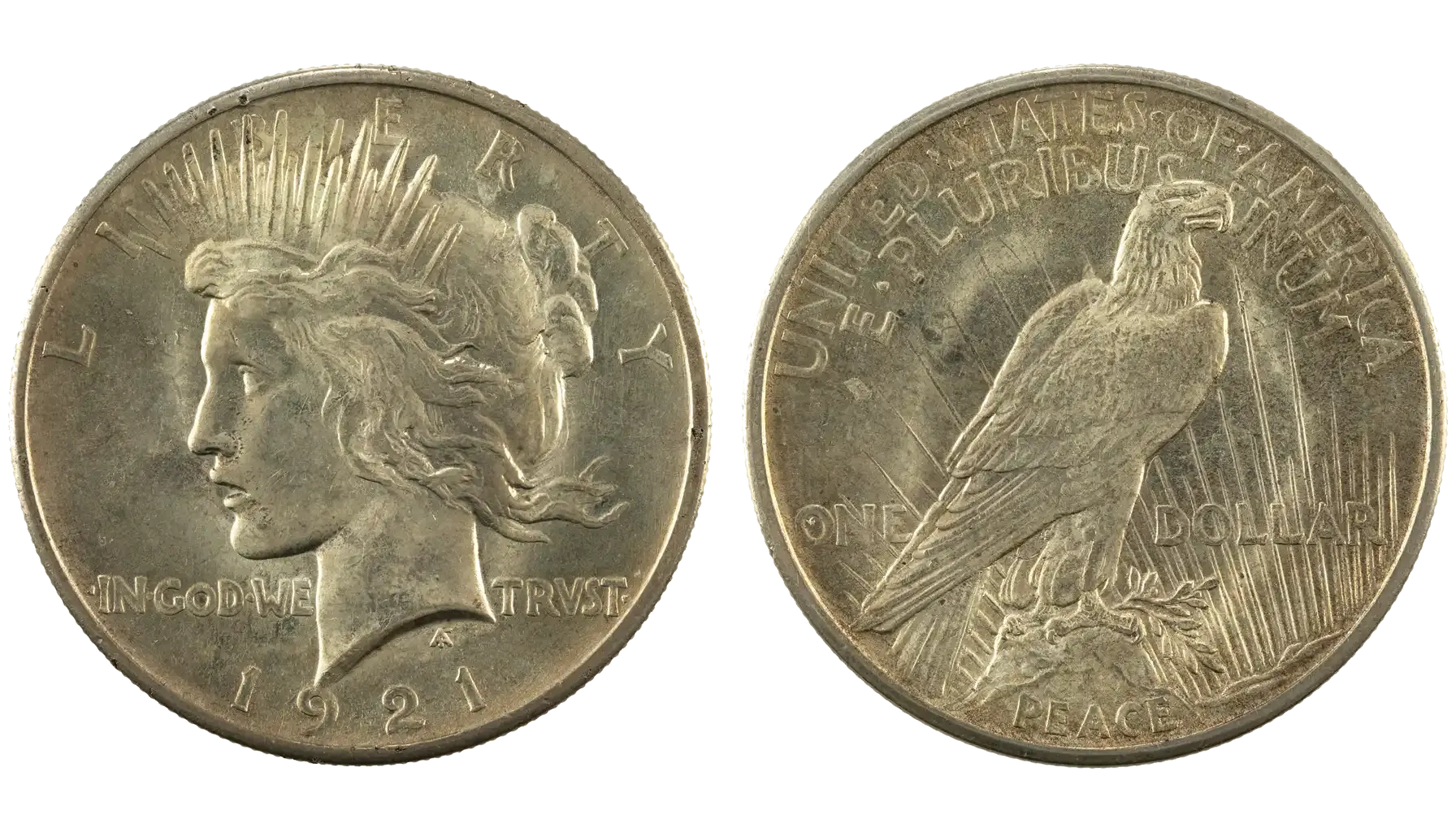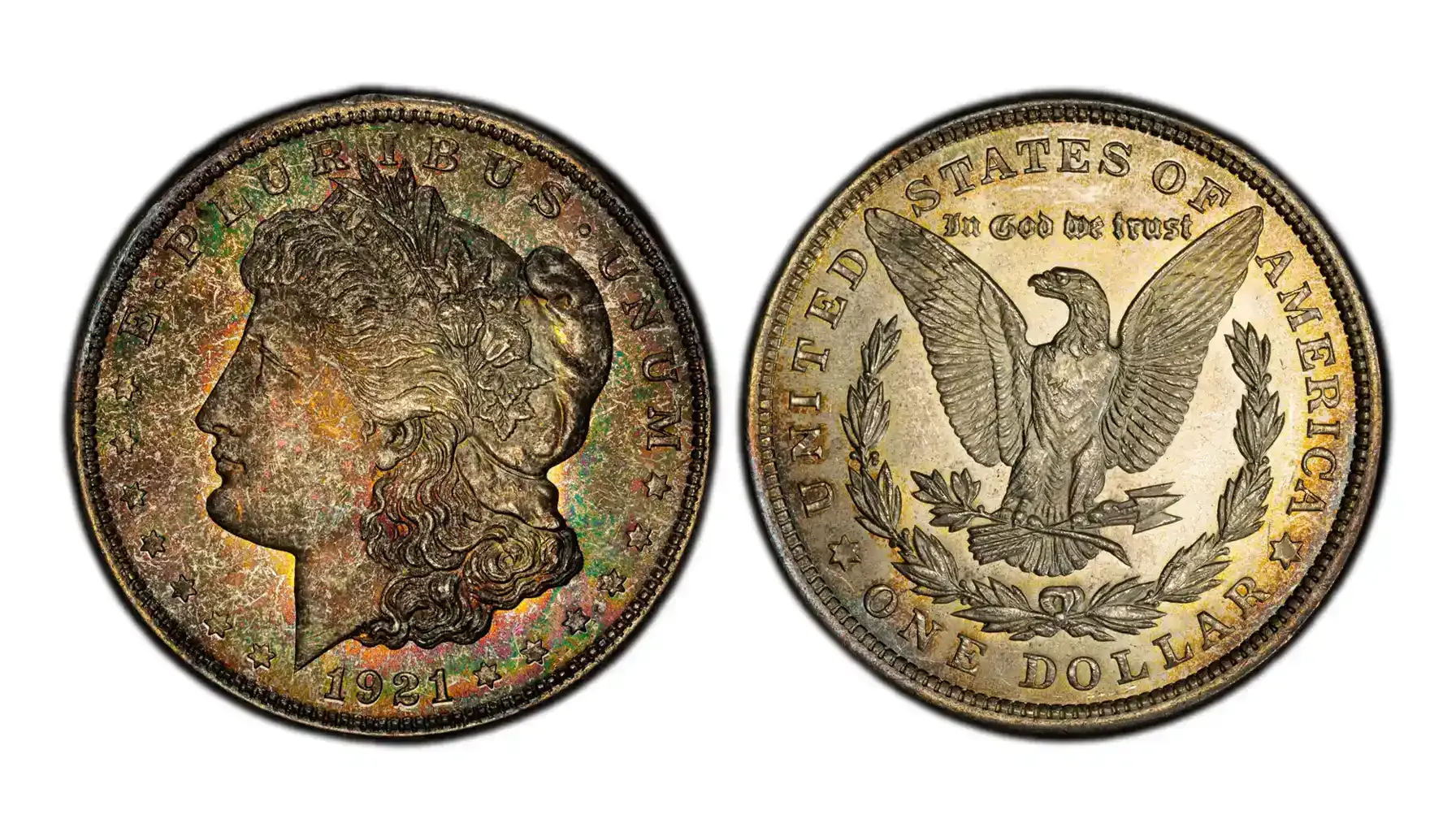Contents:
As a coin collector, these pieces of advice will certainly add enjoyment into your hobby:
Always research thoroughly to understand what is a 1930 Wheat Penny worth, or any other coin you're interested in.
Don't dismiss older coins quickly; sometimes a common-looking 1930 penny worth a small fortune could be hiding in plain sight due to rarity or a unique error.
Educate yourself on grading standards, as a coin's condition is paramount to its market value.
Join collector communities and utilize online resources, like a free coin identifier app, to stay informed about current market trends and valuable finds.
In discovering the more precious and exquisite types of coinage, one must exhibit caution and be patient.
1930 Wheat Penny Philadelphia No Mint
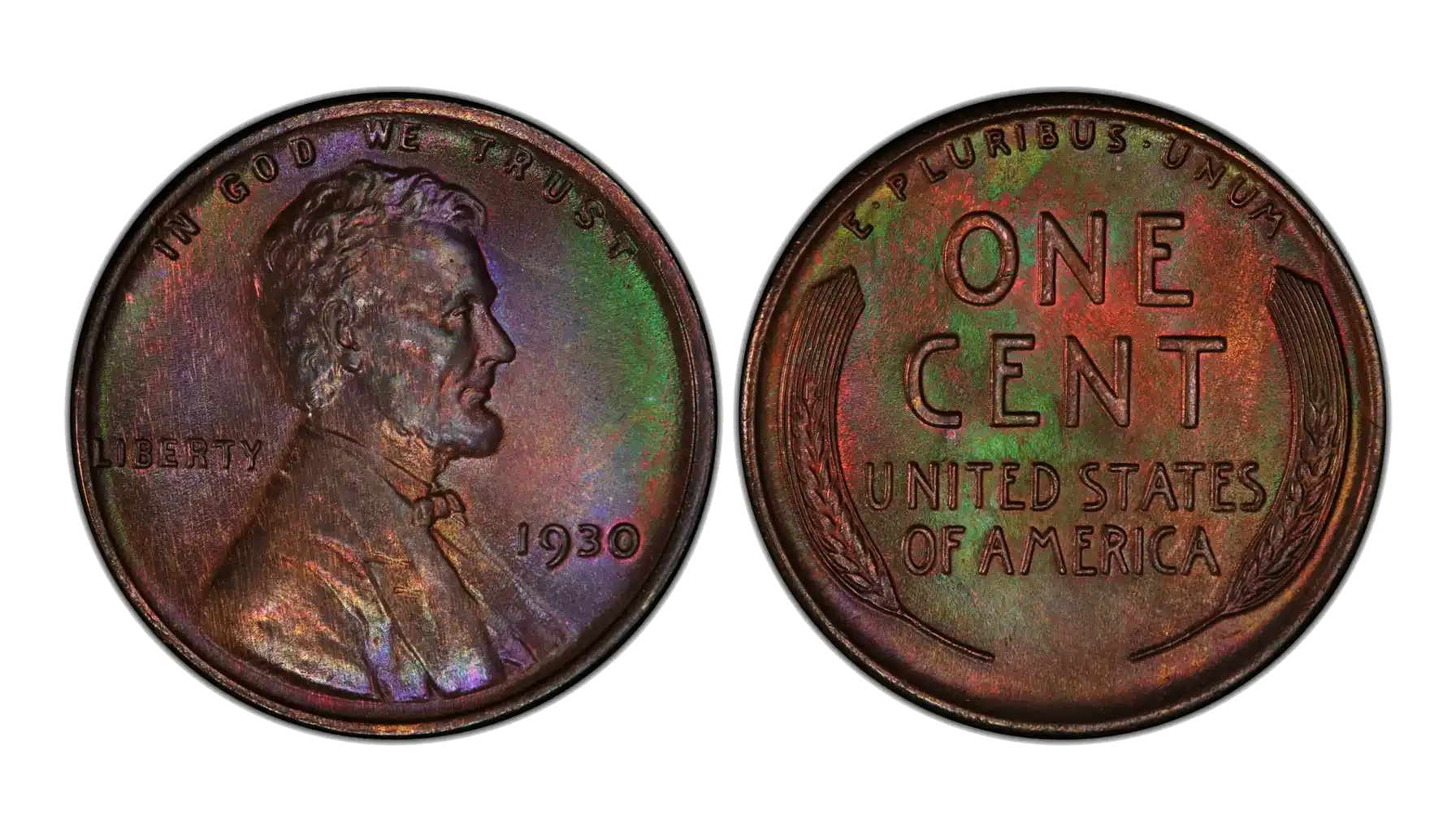
Name | 1930 Wheat Penny No Mint Mark |
Special Features | Features the classic Lincoln profile on the obverse and two wheat stalks on the reverse. The absence of a mint mark signifies it was produced at the Philadelphia Mint. |
Mintage | 157,415,000 |
Price | $0.20 - $120~ (depending on condition) |
Listed prices are approximate and may vary depending on the coin's condition, market demand, and other factors
Market Value
Grade | Price (USD) |
Good (G-4) | $0.20 - $0.40 |
Fine (F-12) | $0.50 - $1.00 |
VF (VF-20) | $1.00 - $2.00 |
AU (AU-58) | $5 - $10 |
MS (MS-63 RB) | $20 - $40 |
MS (MS-65 RD) | $60 - $120~ |
Historical Context
The 1930 Lincoln Wheat Penny from the Philadelphia Mint was struck just after the onset of the Great Depression. While the full severity of the economic downturn was still unfolding, the banking crisis and widespread unemployment were already beginning to grip the nation. The relatively high mintage for the 1930 penny no mint mark reflects the ongoing need for small denomination currency, even as economic activity slowed.
These coins facilitated daily transactions for a populace facing immense financial uncertainty, symbolizing the everyday struggles and resilience of Americans during this challenging period. The 1930 Wheat Penny value no mint mark can vary significantly with condition, and understanding the 1930 no mint mark Wheat Penny value requires careful inspection. Finding well-preserved examples can be challenging, as many saw heavy circulation, impacting the overall 1930 Wheat Penny value today.
1930-D Wheat Penny
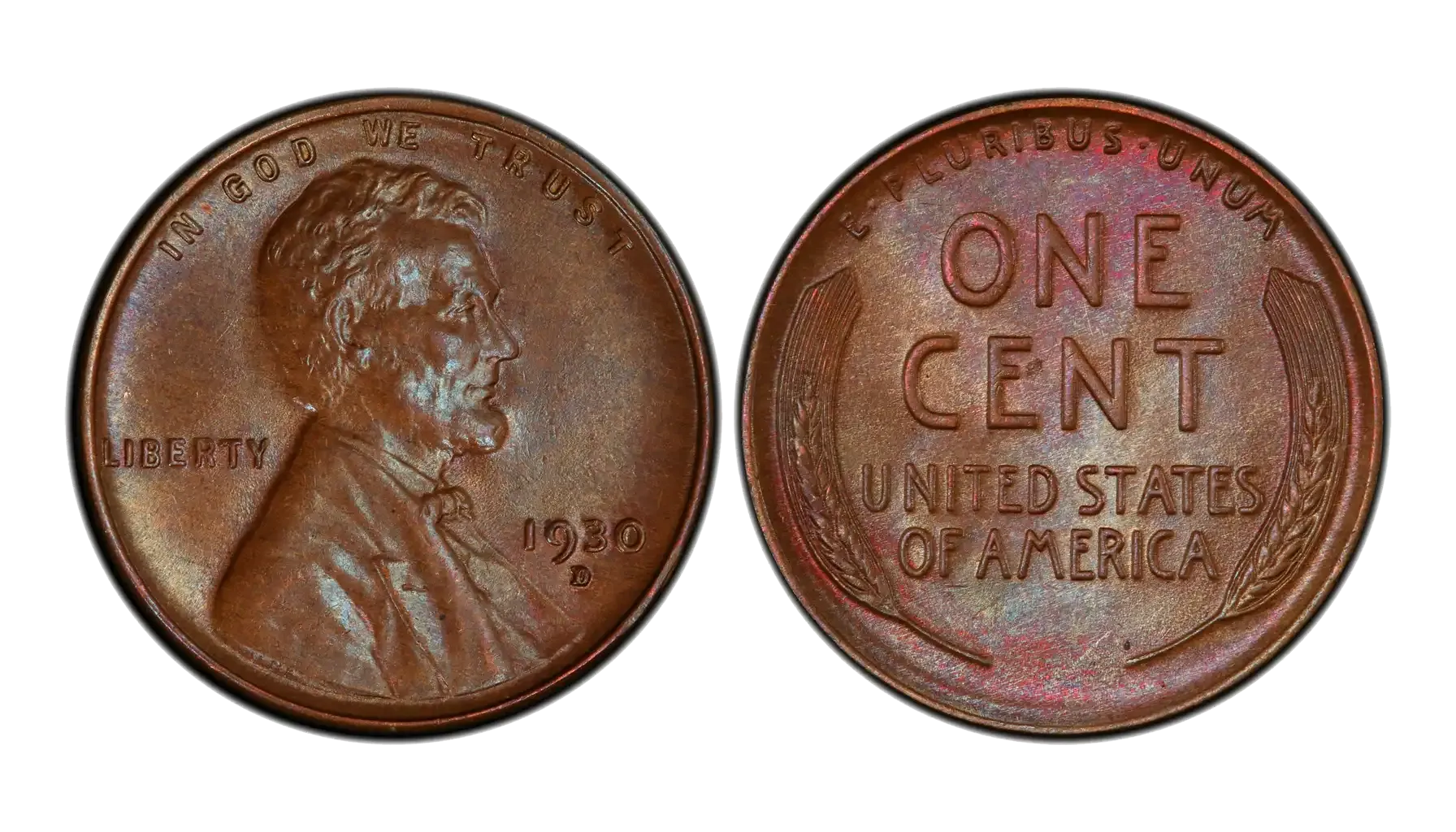
Name | 1930-D Wheat Penny |
Special Features | Struck at the Denver Mint, identified by the "D" mint mark below the date. Maintains the standard Lincoln obverse and wheat ears reverse design. |
Mintage | 46,740,000 |
Price | $0.50 - $300~ (depending on condition) |
Listed prices are approximate and may vary depending on the coin's condition, market demand, and other factors
Market Value
Grade | Price (USD) |
Good (G-4) | $0.50 - $1.00 |
Fine (F-12) | $1.00 - $2.00 |
VF (VF-20) | $2.50 - $5.00 |
AU (AU-58) | $15 - $30 |
MS (MS-63 RB) | $50 - $100 |
MS (MS-65 RD) | $150 - $300~ |
Historical Context
The 1930 Wheat Penny d, produced by the Denver Mint, had a significantly lower mintage compared to Philadelphia, which often translates to a higher 1930 D penny value for collectors. The economic impact of the Great Depression was acutely felt across the agricultural and mining regions served by the Denver Mint. The 1930 D Wheat Penny value reflects this scarcity, and understanding how much is a penny from 1930 worth can depend heavily on its mint mark.
1930-S Wheat Penny
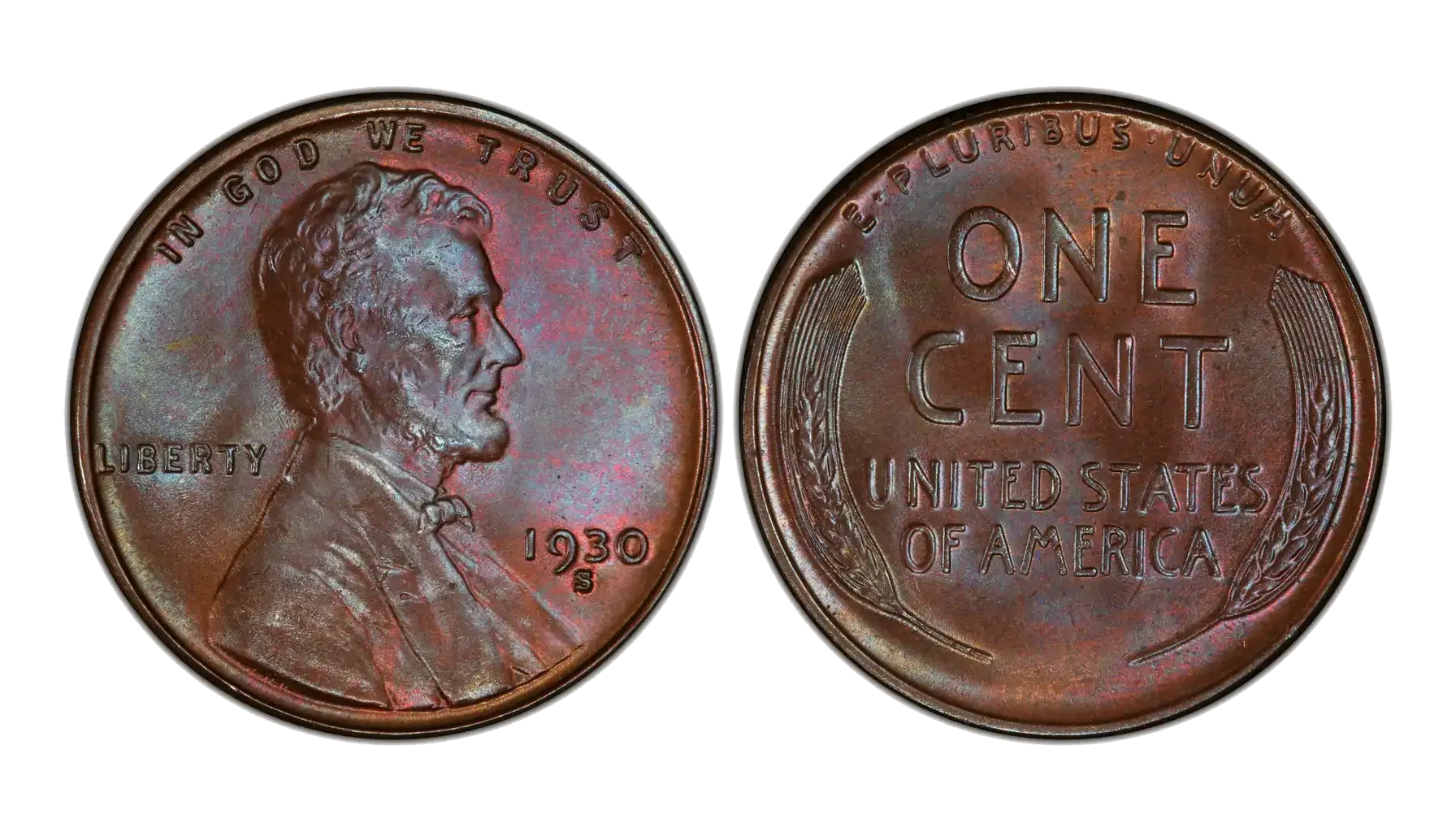
Name | 1930-S Wheat Penny |
Special Features | Produced at the San Francisco Mint, denoted by an "S" mint mark below the date. Features the familiar Lincoln portrait and wheat reverse. |
Mintage | 24,300,000 |
Price | $1.00 - $600~ (depending on condition) |
Listed prices are approximate and may vary depending on the coin's condition, market demand, and other factors
Market Value
Grade | Price (USD) |
Good (G-4) | $1.00 - $2.00 |
Fine (F-12) | $3.00 - $6.00 |
VF (VF-20) | $8.00 - $15.00 |
AU (AU-58) | $30 - $60 |
MS (MS-63 RB) | $100 - $200 |
MS (MS-65 RD) | $300 - $600~ |
Historical Context
The 1930-S Wheat Penny from the San Francisco Mint boasts the lowest mintage of the three mints for this year, making it the most valuable of the standard issues. The West Coast, heavily reliant on agriculture and trade, faced unique challenges during the early years of the Depression. The lower production numbers from San Francisco reflect a regional reduction in demand for new coinage as economic activity contracted.
Consequently, uncirculated examples of the 1930-S are quite rare and highly prized by collectors, directly affecting the 1930 S penny value and the overall 1930 S Wheat Penny value. These coins offer a tangible link to a period of severe economic hardship and limited industrial output in the western United States.
1930 Wheat Penny Doubled Die Obverse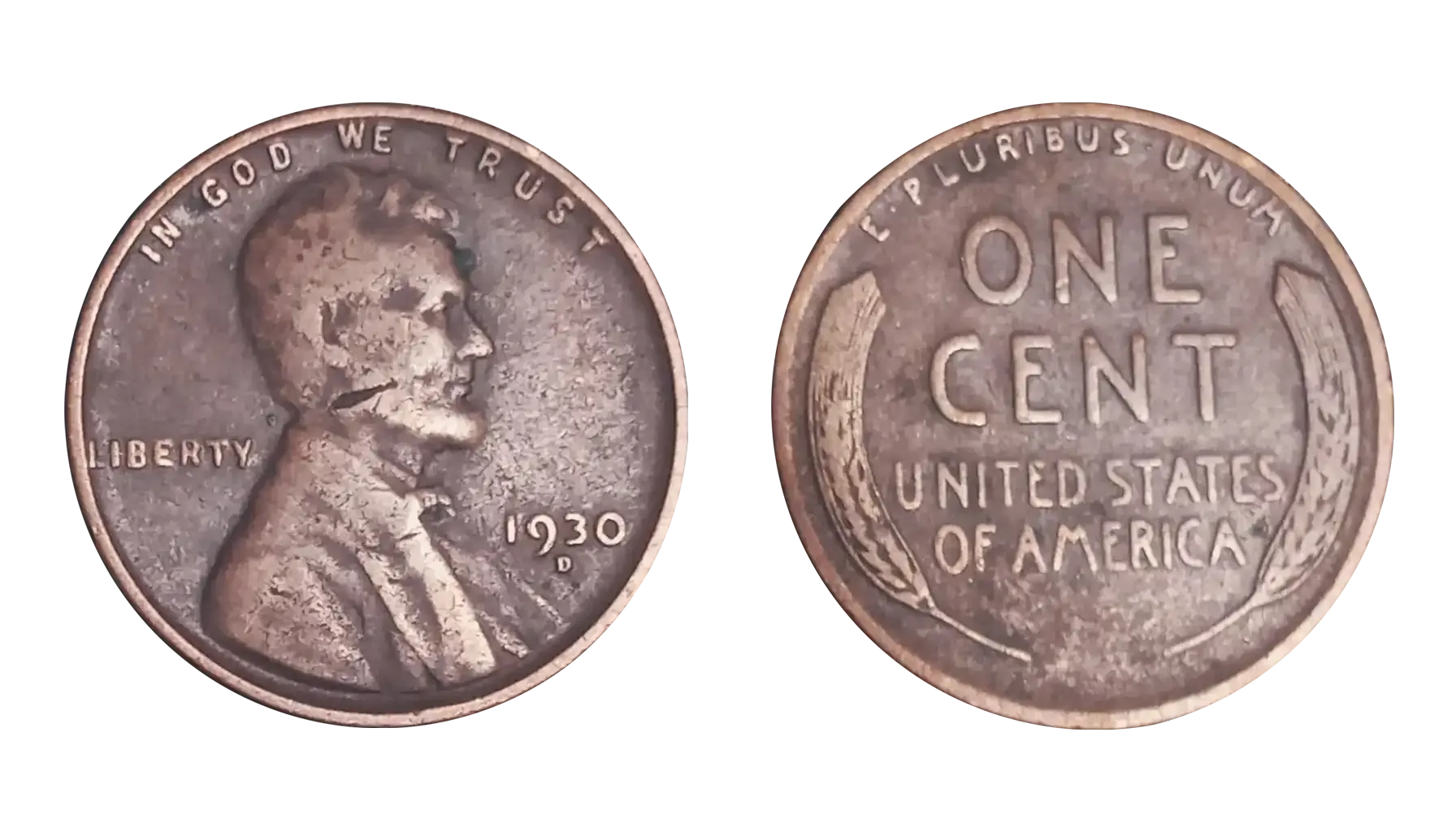
Name | 1930 Wheat Penny DDO |
Special Features | Evidence of doubling on the obverse (front) design elements, such as the date, "LIBERTY," and Lincoln's bust. This occurs when the working die receives multiple, slightly misaligned impressions from the master hub during its creation. |
Mintage | Extremely Low (Accidental finds, unique to specific dies; no official mintage) |
Price | $50 - $1,000s~ (Value depends heavily on the strength of doubling and coin grade) |
Listed prices are approximate and may vary depending on the coin's condition, market demand, and other factors
Market Value
Grade (Severity) | Price (USD) |
Circulated (Minor DDO) | $50 - $200 |
Circulated (Strong DDO) | $200 - $800 |
Uncirculated (Minor DDO) | $500 - $1,500 |
Uncirculated (Strong DDO) | $1,500 - $5,000~ |
Historical Context
Doubled die errors are a fascinating byproduct of the minting process, and 1930 was no exception to these occasional anomalies. During the early 20th century, minting technology relied more on manual processes, increasing the potential for dies to receive multiple, slightly misaligned impressions from the master hub. While no exceptionally prominent 1930 DDOs are widely recognized in the same vein as some other years, subtle forms of doubling can still be found.
Such an error on a 1930 Lincoln Penny provides a unique insight into the imperfections that could occur in high-volume coin production even as the country entered an unprecedented economic crisis. These accidental creations contribute to the 1930 Wheat Penny error list, offering a tangible piece of minting history.
1930 Wheat Penny - Off-Center Strike
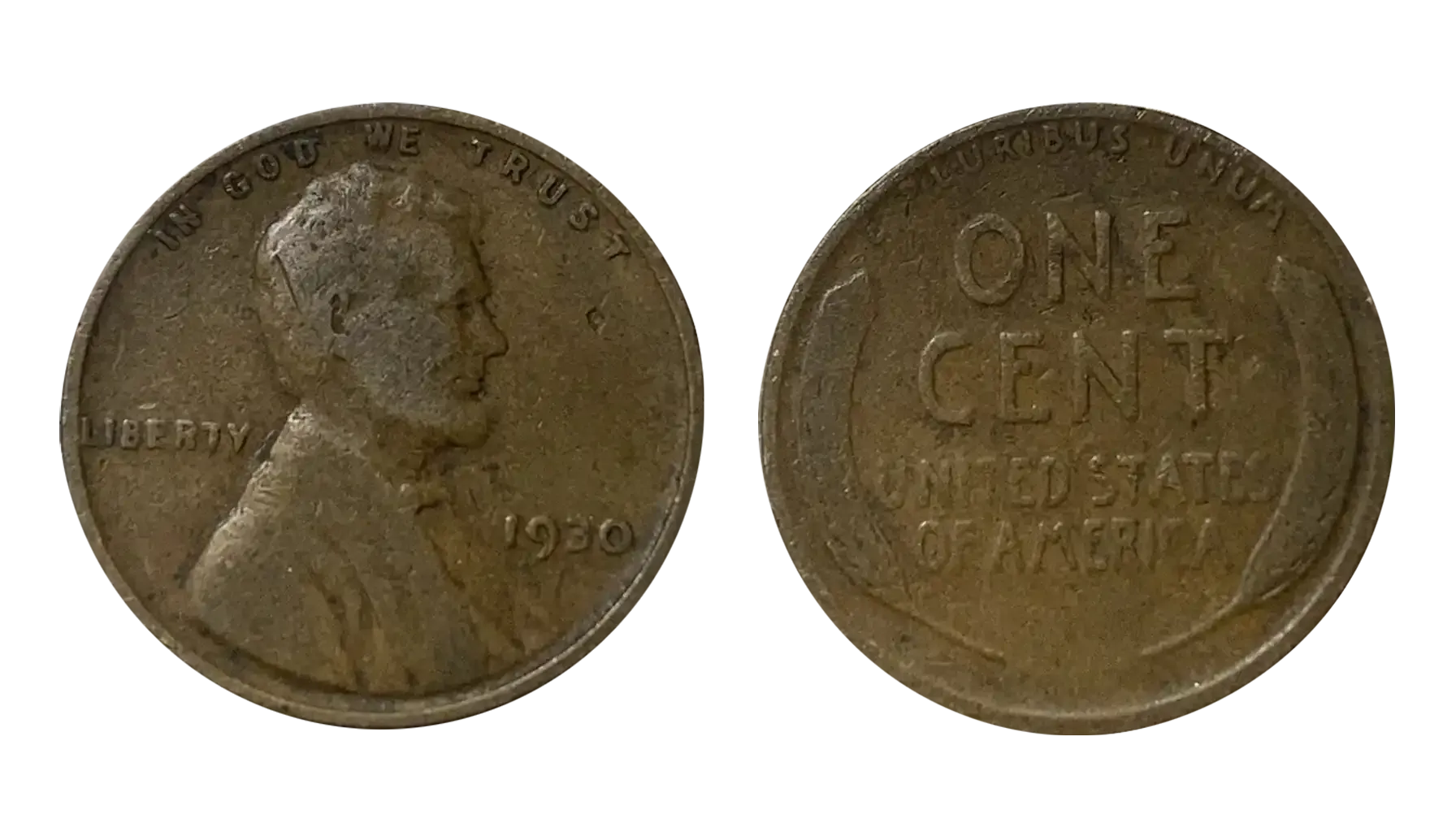
Name | 1930 Wheat Penny - Off-Center Strike |
Special Features | The coin's design is not fully contained within the coin's perimeter, leaving a blank crescent on one side and truncating the design on the opposite side. The percentage off-center determines the severity and value. |
Mintage | Extremely Low (Occasional anomalies across all mints; no official record) |
Price | $20 - $500~ (Highly dependent on percentage off-center and whether the date is visible) |
Listed prices are approximate and may vary depending on the coin's condition, market demand, and other factors
Market Value
Degree Off-Center & Grade | Price (USD) |
Minor (1-5% off) | $20 - $75 |
Moderate (5-20% off) | $75 - $250 |
Significant (20-50% off) | $250 - $500~ |
Extreme (>50% off, date legible) | $500~ (if key features are visible) |
Historical Context
Off-center strike errors were a relatively common occurrence in minting operations of the early 20th century, including 1930, due to less sophisticated coin-feeding mechanisms. These errors happen when a coin blank is not perfectly seated within the coining chamber before the dies strike. The result is a coin with a portion of its design missing, replaced by a crescent of blank planchet.
A 1930 one cent penny value can be significantly enhanced by such a unique error, offering a singular look into the practical challenges of producing millions of coins under pressure, even as the nation was plunging into the Great Depression. The most valuable off-center strikes are those where the date and mint mark are still clearly visible, despite a significant portion of the design being missing.
1930 Wheat Penny - Die Break Error

Name | 1930 Wheat Penny - Die Crack Error |
Special Features | A raised line or irregular lump on the coin's surface, corresponding to a crack or piece breaking off the working die. Die breaks can range from thin, faint lines (die cracks) to large, raised areas (cuds) where a piece of the die broke off entirely. |
Mintage | Extremely Low (Accidental and sporadic; mintage figures are unknown, as they represent production anomalies) |
Price | $10 - $500~ (Value is highly dependent on the visibility, size, location, and overall visual impact of the die break) |
Listed prices are approximate and may vary depending on the coin's condition, market demand, and other factors
Market Value
Type of Break & Grade | Price (USD) |
Minor Die Crack (Circulated) | $10 - $30 |
Significant Die Crack (Circulated) | $30 - $100 |
Minor Die Break (Uncirculated) | $50 - $200 |
Major Die Break (Cud - Uncirculated) | $200 - $500~ |
Extensive Die Break / Complex Cud | $500 - $1,500~ |
Historical Context
Die breaks and die cracks are direct consequences of the intense pressure and continuous use experienced by coinage dies. In 1930, as mints operated to supply currency to a struggling nation, the dies were subjected to immense forces that could lead to fatigue and fracturing. When a die cracks, the molten metal (the coin's planchet) flows into the fissure, leaving a raised line on the struck coin. If a piece of the die breaks off, it creates a raised, unengraved area known as a "cud."
These imperfections are highly valued by collectors as they offer tangible evidence of the die's lifespan and the strenuous conditions of minting during the initial downturn of the Great Depression. A prominent die break on a value of a 1930 wheat penny serves as a unique historical artifact, directly connecting the coin to the wear and tear of its production era. Many people wonder is a 1930 penny worth anything? The value of 1930 penny can be quite surprising, especially for these unique error coins.
Beyond its copper gleam and the familiar Lincoln profile, lies a story of economic turmoil and numismatic potential. You may casually ponder, how much is a 1930 penny worth? The answer isn't always obvious, for the true value of 1930 wheat penny can hinge on fascinating details, transforming a common cent into a hidden treasure from the dawn of the Great Depression.


